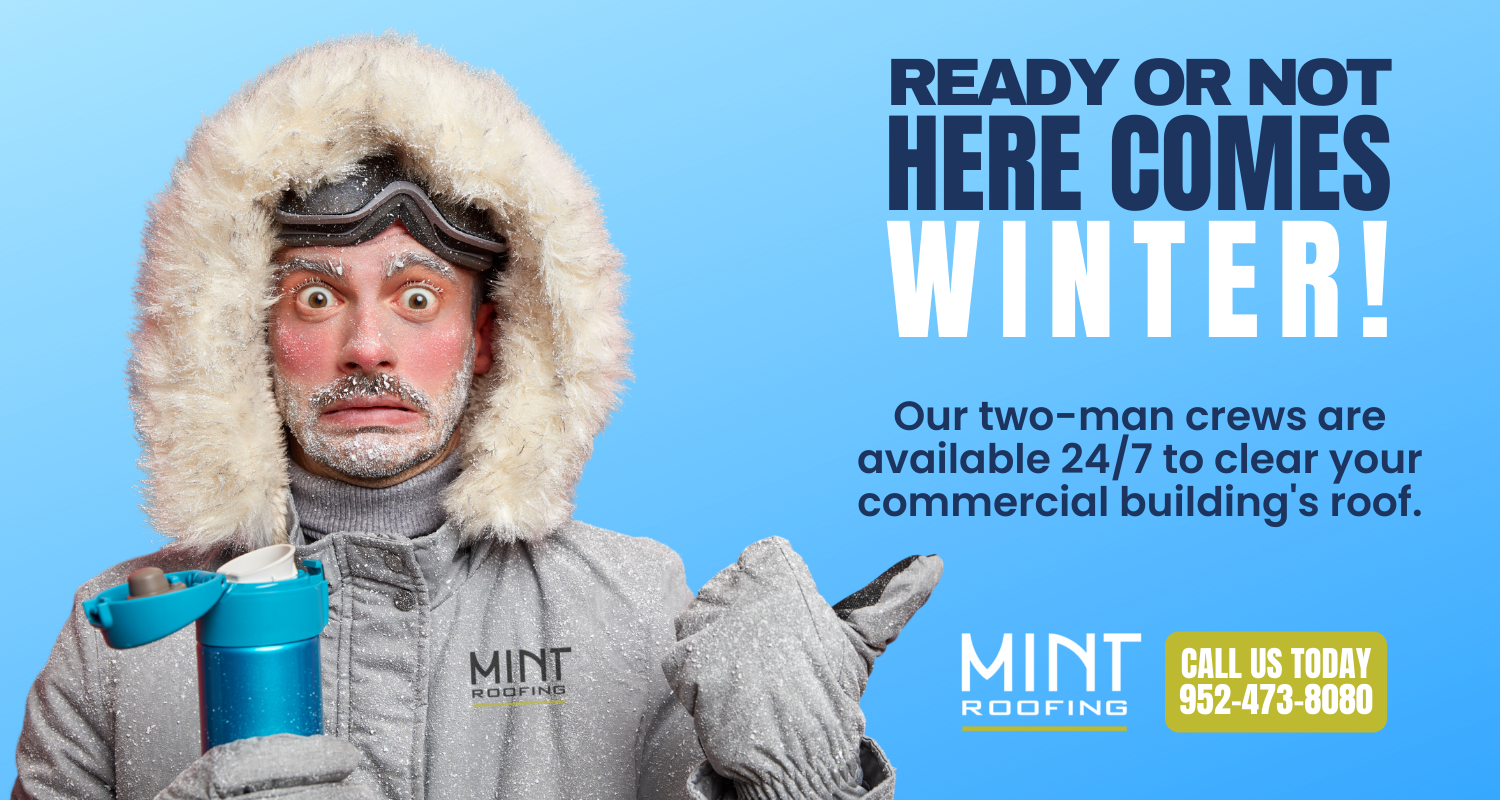Most business owners and property managers are not roofing experts. So, when their building’s roof starts to leak, they often have no idea where to start when it comes to finding and fixing the problem. In this blog post, we will discuss the top 5 causes of commercial roof leaks and how to prevent them from happening in the first place.
You can’t be Lucky forever
Maybe you’re one of the lucky ones. You’ve been in your commercial building for ten years without so much as a drop of water leaking inside your building through the roof. We hate to be the ones to break it to you, but your luck won’t last.
Eventually, your roof will leak. And if you’ve neglected routine roof maintenance these past ten years, that leak is likely to be significant – if not catastrophic. We see it more often than you want to know.
Let’s break it down to the Top 5 Causes of Commercial Roof Leaks:
1. Damaged Roof Membrane or Substrate
This is the number one cause of commercial roof leaks by a long shot. If your roof’s membrane or substrate (the base surface of your roof) is damaged, water will find its way in and start causing problems.
There are many ways your roof’s membrane can be breached, but the most common cause is heavy foot traffic, heavy equipment, or flying debris from a storm.
2. Drainage System Issues (Pooling Water)
If your commercial roof’s drainage system is not working correctly, water will pool on your roof, eventually deteriorating the roof’s structure. While this can be caused by building modifications, or shifting, in most cases, it is simply from age and normal wear and tear.
Water is really quite good at finding its way to lower ground and will create its own path if one doesn’t already exist. Gutters and downspouts are designed to funnel rainwater and snowmelt away from your building. When they become clogged with debris, the water will overflow and start seeping through imperfections in your roof infrastructure.
Ice dams and ice build-up are common problems in our cold climate. Accumulated snow on your roof melts and refreezes, preventing melted water from draining correctly. Downspouts can also freeze up during rapid temperature drops, forcing snowmelt to pool and leak through even the smallest of perforations in your roof’s structure.
3. Defective, Damaged, or Deteriorating Seals
This is a common problem with commercial flat roofs. The seals around HVAC units, skylights, and other protrusions on your roof can become damaged or deteriorate over time, allowing water to seep in and cause leaks.
You can prevent most commercial roof leaks by regularly maintaining your roof and ensuring that all seals are in good condition. Have a professional roofing contractor come out and inspect your roof at least once a year and take care of any damage or repairs immediately. A preventative maintenance plan like Mint Roofing’s TopSite Preventative Maintenance Program includes scheduled inspections and maintenance, so you don’t have to remember to schedule it.
4. Flashing Damage or Failure
Flashing is a thin strip of metal or other material used to seal the joints between different parts of your roof. If the flashing becomes damaged or fails, water will seep in and cause leaks in your building’s interior. This sort of damage occurs organically over time as the roof infrastructure ages.
You can prevent this type of leak by having your roof routinely inspected by a professional commercial roofing contractor. They will check for hidden damage and ensure that the flashing is in good condition. They can then address any problems immediately.
5. Weather
This is probably the most common cause of commercial roof leaks. At the very least, bad weather is what exposes issues with your roof that you didn’t know existed.
Severe weather, such as high winds, hail, heavy snowfall, or hurricanes (not too common in Minnesota), can damage your roof and allow water to seep in.
Freeze/thaw cycles can also damage your roof over time, causing it to crack and leak. Thick ice build-up can melt from the bottom up. The weight of the ice can create leaks as weak points in your roof fail under this pressurized water.
By removing snow accumulation after a heavy snowfall, you can minimize the impact of ice dams that commonly turn into leaks. A professional roofing contractor like Mint Roofing can help with snow removal if you can’t access your roof easily. Even if you can, it is not advisable to remove snow yourself as you could easily damage the components of your roof and cause a leak.
You can’t do much to prevent severe weather from happening, but you can take measures to protect your roof from the damage it can cause. Ensure that your roof is in good condition and properly maintained. Have a professional roofing contractor come out and inspect it regularly. Be on the lookout for freeze/thaw cycles and take steps to protect your roof from the damage it can cause.
That’s it in a nutshell!
That’s it for our Top Five Causes of Commercial Roof Leaks. We hope this information was helpful!
As you can see, there are many different causes of commercial roof leaks. But in every instance, taking preemptive measures to prevent them can keep your roof in good condition, avoiding costly repairs down the road.
The cost of maintaining your roof is always less than the cost of repairing a severe leak. And maintaining your commercial roof will add years to its useable life! So don’t wait until your roof starts leaking to act – be proactive and take care of your roof to reduce the likelihood of a leak
If you would like more information on our TopSite Preventative Maintenance Program, please feel free to call us or email us today. We’re here to help!
Call Mint Roofing for 24/7 snow and ice removal services after a heavy snowfall or freeze-thaw conditions to clear snow accumulation and remove ice dams.

FAQs
Q: What are the primary causes of commercial roof leaks?
Answer: The top 5 causes of commercial roof leaks are:
- Damaged Roof Membrane or Substrate: This is the most common cause, often due to heavy foot traffic, equipment, or storm debris.
- Drainage System Issues (Pooling Water): Poor drainage can lead to water pooling on the roof, causing structural damage.
- Defective, Damaged, or Deteriorating Seals: Seals around HVAC units and protrusions can deteriorate, allowing water infiltration.
- Flashing Damage or Failure: Damaged flashing, which seals roof joints, can lead to interior leaks.
- Weather: Severe weather, such as high winds, hail, snow, or freeze/thaw cycles, can expose and exacerbate roof issues.
Q: How can I prevent commercial roof leaks?
Answer: Preventing commercial roof leaks involves regular maintenance and inspections. Consider a preventative maintenance program like Mint Roofing’s TopSite Preventative Maintenance to ensure scheduled inspections and prompt repairs, keeping your roof in good condition.
Q: What can I do to address drainage issues causing pooling water on the roof?
Answer: Proper maintenance of your roof’s drainage system is essential. Ensure gutters and downspouts are clear of debris to prevent water overflow. Address ice dams and ice build-up promptly by removing snow accumulation after heavy snowfall.
Q: What’s the significance of seals on a commercial roof, and how can I maintain them?
Answer: Seals around HVAC units, skylights, and other roof protrusions are crucial in preventing leaks. Regular inspections by a professional roofing contractor can identify damaged or deteriorating seals, allowing for immediate repairs.
Q: How can I protect my commercial roof from weather-related damage?
Answer: While you can’t prevent severe weather, you can protect your roof from its effects by ensuring it is in good condition and well-maintained. Professional roofing contractors can help with regular inspections. Be especially vigilant during freeze/thaw cycles and remove snow accumulation to prevent ice dams and potential leaks.
• • •
Remember, proactive roof maintenance is more cost-effective than addressing costly repairs due to a severe leak. Mint Roofing offers a TopSite Preventative Maintenance Program for assistance in maintaining your commercial roof. For snow and ice removal services after heavy snowfall or freeze-thaw conditions, you can contact Mint Roofing for 24/7 service.


